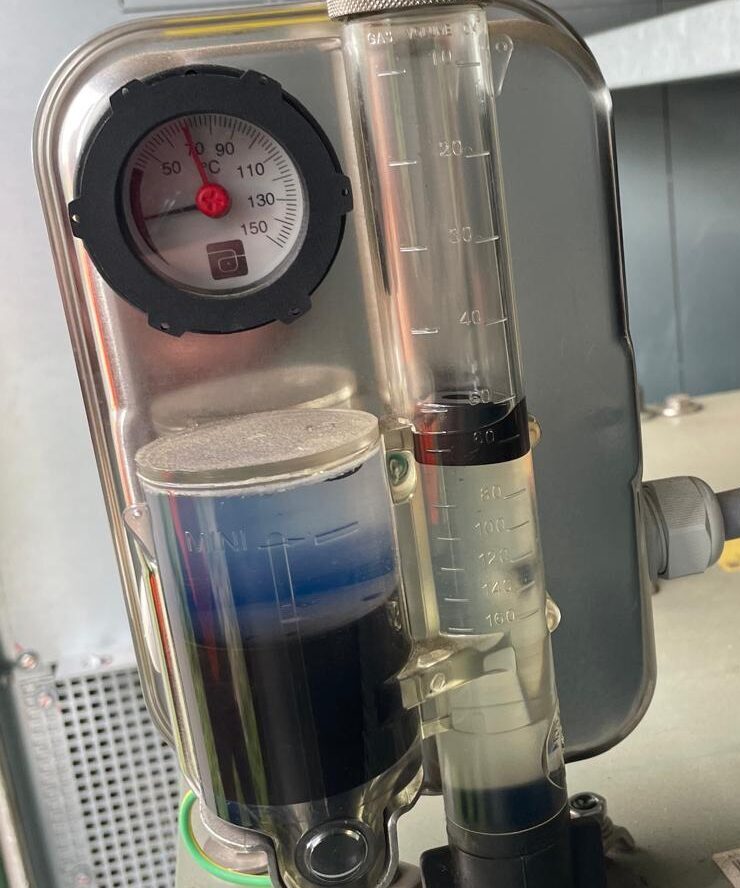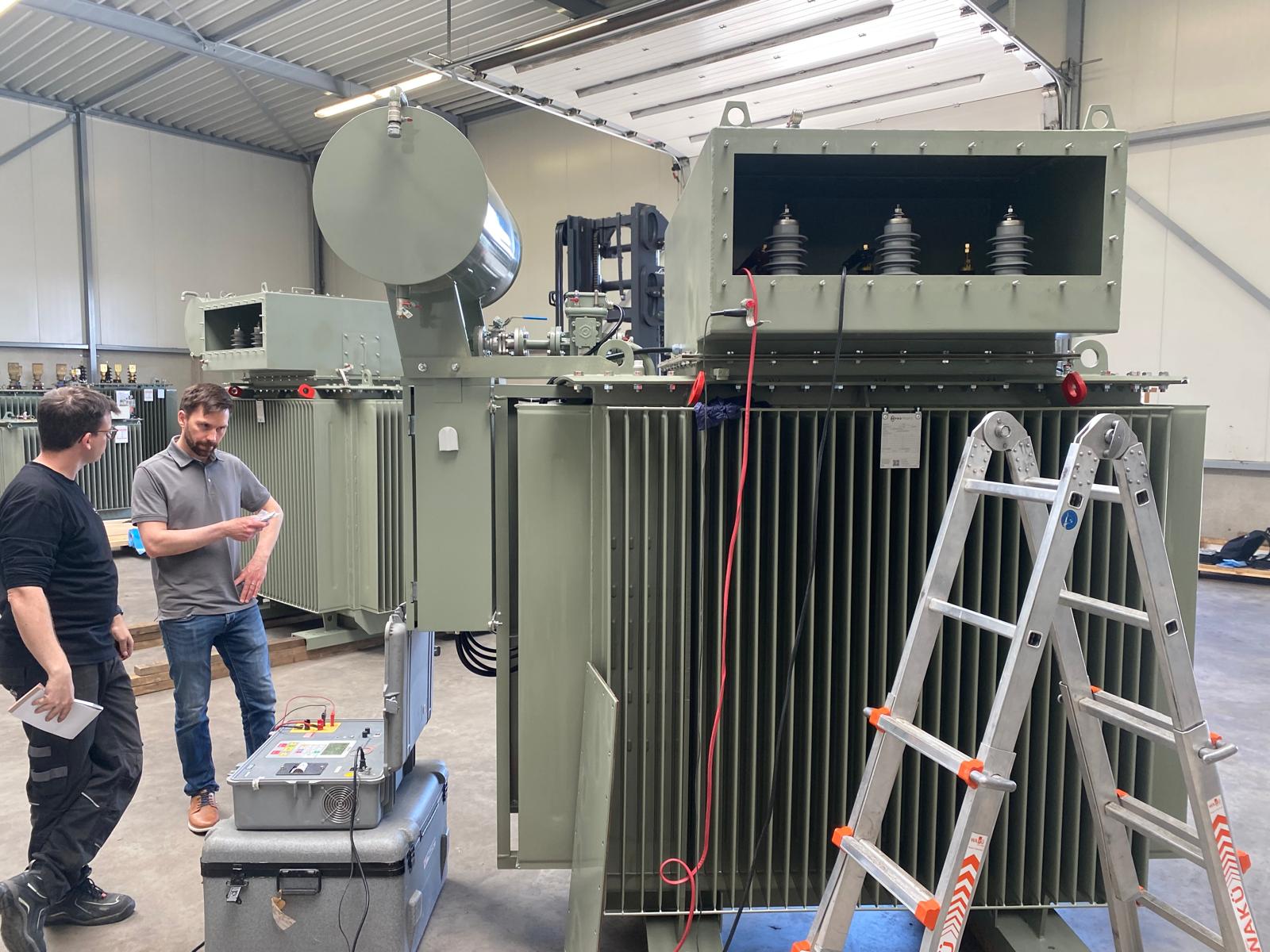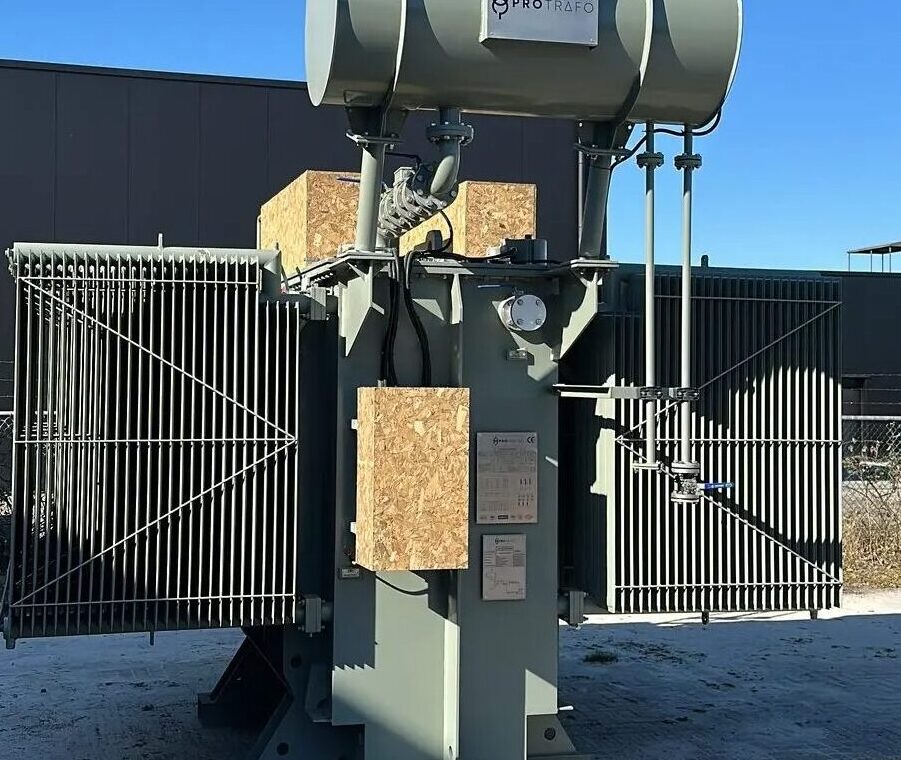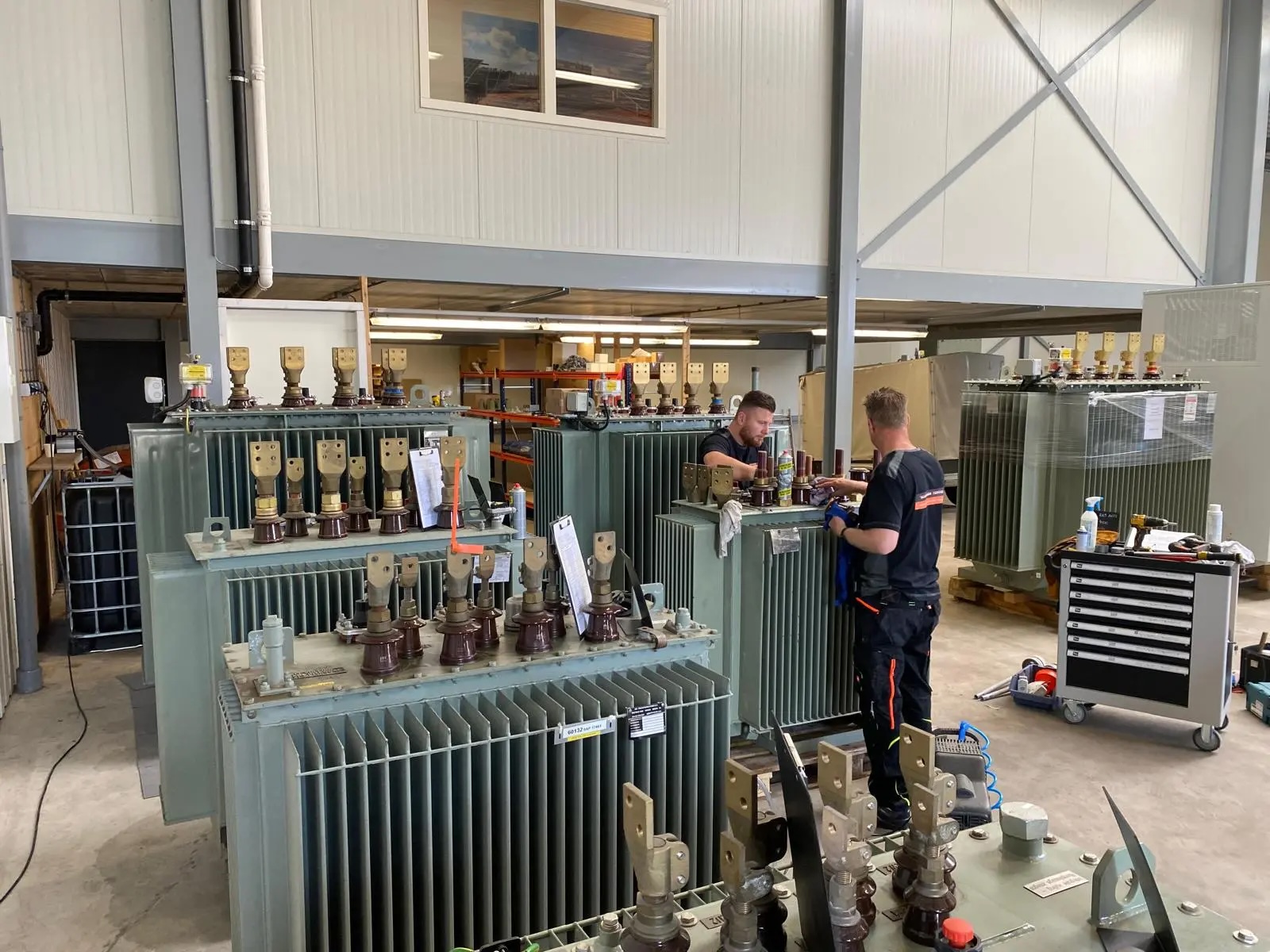What does maintenance involve?
Maintaining an oil-filled transformer involves several key tasks. These include visual inspections, checking the oil for moisture and contamination, testing insulation resistance, and inspecting all electrical and mechanical connections. Other components such as gaskets, the conservator, expansion tank, and temperature and pressure protections are also checked. If necessary, the oil is filtered or replaced, and worn parts are exchanged.
When is maintenance required?
There’s a clear distinction between preventive (scheduled) maintenance and corrective maintenance after a failure. For most transformers, preventive maintenance is recommended every 2 to 5 years, depending on load, environmental conditions, and criticality. Additional inspections are needed after incidents such as overvoltage, lightning strikes, or oil leaks. Through regular monitoring and analysis, maintenance can be scheduled more effectively—avoiding unnecessary downtime.
How is the oil tested?
Transformer oil is crucial for both cooling and insulation. A laboratory oil analysis provides insights into quality, oxidation levels, moisture content, and dissolved gases (DGA) that may indicate internal faults. Deviations can point to ageing, contamination, or the early stages of insulation breakdown. Regular testing allows for timely action before any critical failure occurs.
What if defects are found?
During maintenance, various defects may be discovered—such as worn seals, leaking flanges, or deteriorated insulation values. In such cases, the affected parts are repaired or replaced. For more serious issues like carbonized insulation or repeated overloading, the transformer may need to be taken out of service for in-depth repairs. Having a maintenance history and clear reports supports better decision-making.
Who performs the maintenance?
Maintaining oil-filled transformers requires specialist knowledge and precise measurement equipment. These tasks are typically performed by trained technicians, often in collaboration with a certified laboratory for oil diagnostics. At Transformer Service, we combine local field execution with European-level expertise—from inspection and oil testing to full transformer overhauls, either on-site or at our workshop.



